You would never know it from the way we live, but in order to give up our reliance on fossil fuels and enter into a more sustainable future powered by renewable sources of energy (such as solar cells), there is much work still ahead. One such obstacle lies within lithium-ion battery systems: The technology that has enabled so many advances over the last decade or two carries with it several challenges for safety-sensitive industries like transportation.
A handful of technologies have changed how we live; one being compact, high capacity batteries which are used extensively throughout multiple sectors including automobiles and power grids. However, these very same components can be volatile when mixed together at their core – making them hazardous territory for any industry dealing directly with public health or safety issues such as transportation firms.
On February 4th, 2020, the US Federal Aviation Administration (FAA), went so far as to completely ban the carriage of lithium ion batteries in any aircraft that carries passengers except in the cabin. This might be the start of the slow death of the lithium-based battery.
Nanotech Energy, a Los Angeles based technology company, has developed patented graphene-based battery technology that is non-flammable and allegedly more efficient than standard lithium-ion battery technology. This has the potential to change the safety of batteries in devices everywhere and open new markets in safety-sensitive areas.
One of the most immediate benefactors of this technology in the automotive industry. Most electric cars are manufactured using lithium-ion technology combined to form a small-scale mega-battery. If these batteries are ignited, ruptured, or impacted from a crash, dangerous fires can erupt. These fires are fast igniting and risk the lives of the operator of the vehicle.
According to research conducted by the National Fire Protection Research Foundation in 2013, the tactics that firefighters use to contain fires from conventional vehicles are like that of electric vehicles. However, because of the risk posed by high-voltage electric vehicles, firefighters must weigh the risk of severe shock or electrocution, not to mention high temperatures when deciding to/not to intervene with such fires. In addition, the NFPA, recommends that firefighters not intervene when a high-voltage vehicle is impacted unless other buildings, vehicles or people are affected by the fire. This obviously concerns auto manufacturers and justifies the push for alternatives to lithium-ion technology.

Daimler-Mercedes Benz is using some of Nanotech’s technology in their electric/hybrid vehicles and is keen to point out the impact alternatives have on their offerings. Andreas Hintennach, global head of battery research at Daimler-Mercedes Benz, stated: “Usually you sacrifice performance when you develop extremely safe chemistries. With Nanotech Energy, we have this extremely safe chemistry that provides high performance now. It’s the first time we have very safe cells and we’re very pleased about that.”
When in 2020, research advanced, resulting in a breakthrough in graphene technology. These breakthroughs (overcoming the purity barrier) allow graphene technology (like that from Nanotech Energy) to deliver more powerful, efficient, and longer-lasting safe batteries. Given the prevalence of smart devices, wearables, and the increasing demands of mobile devices, these advances in technology are likely to show up in devices in the coming year. This could be the next true evolution of batteries and completely revolutionize the way our gadgets work.

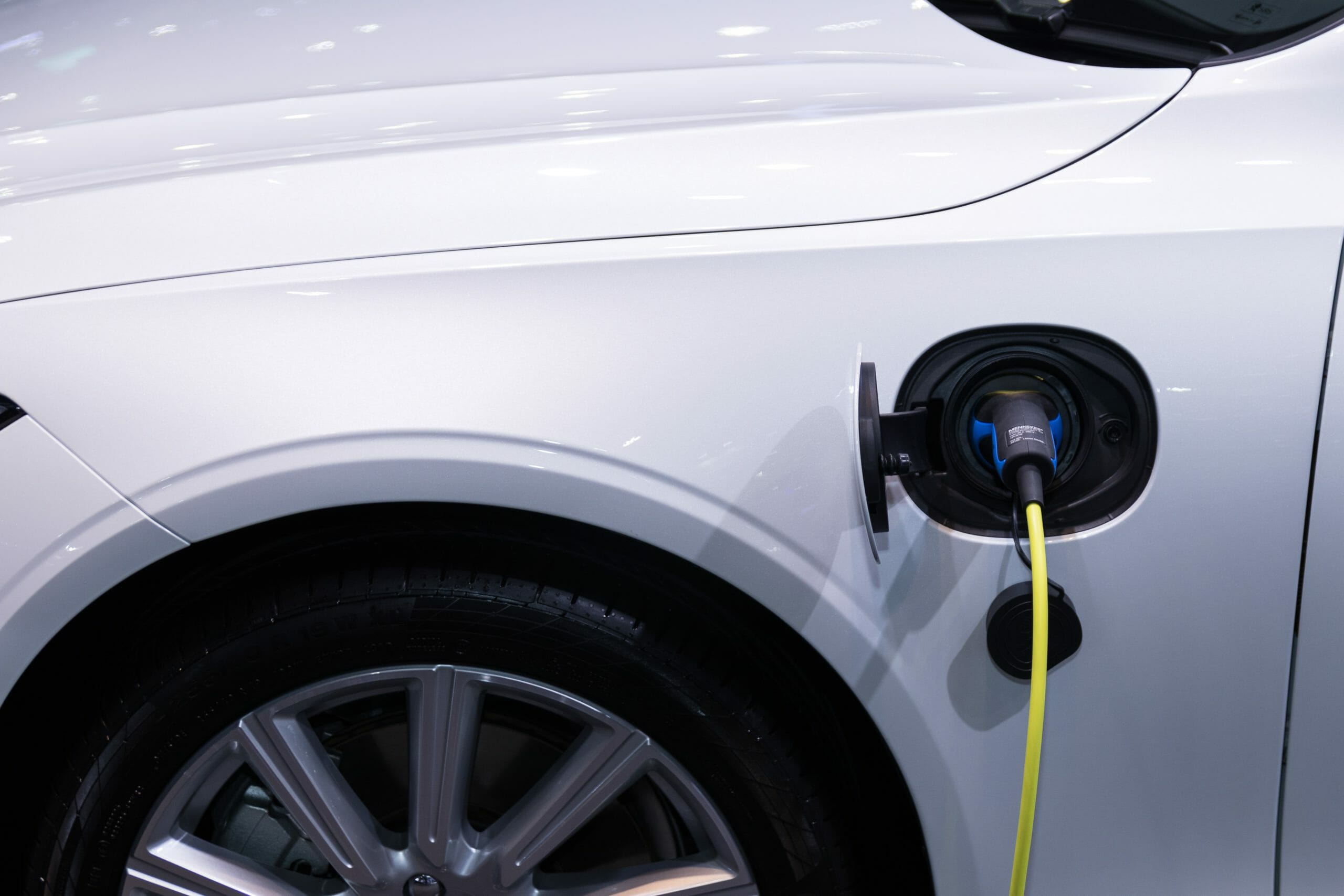







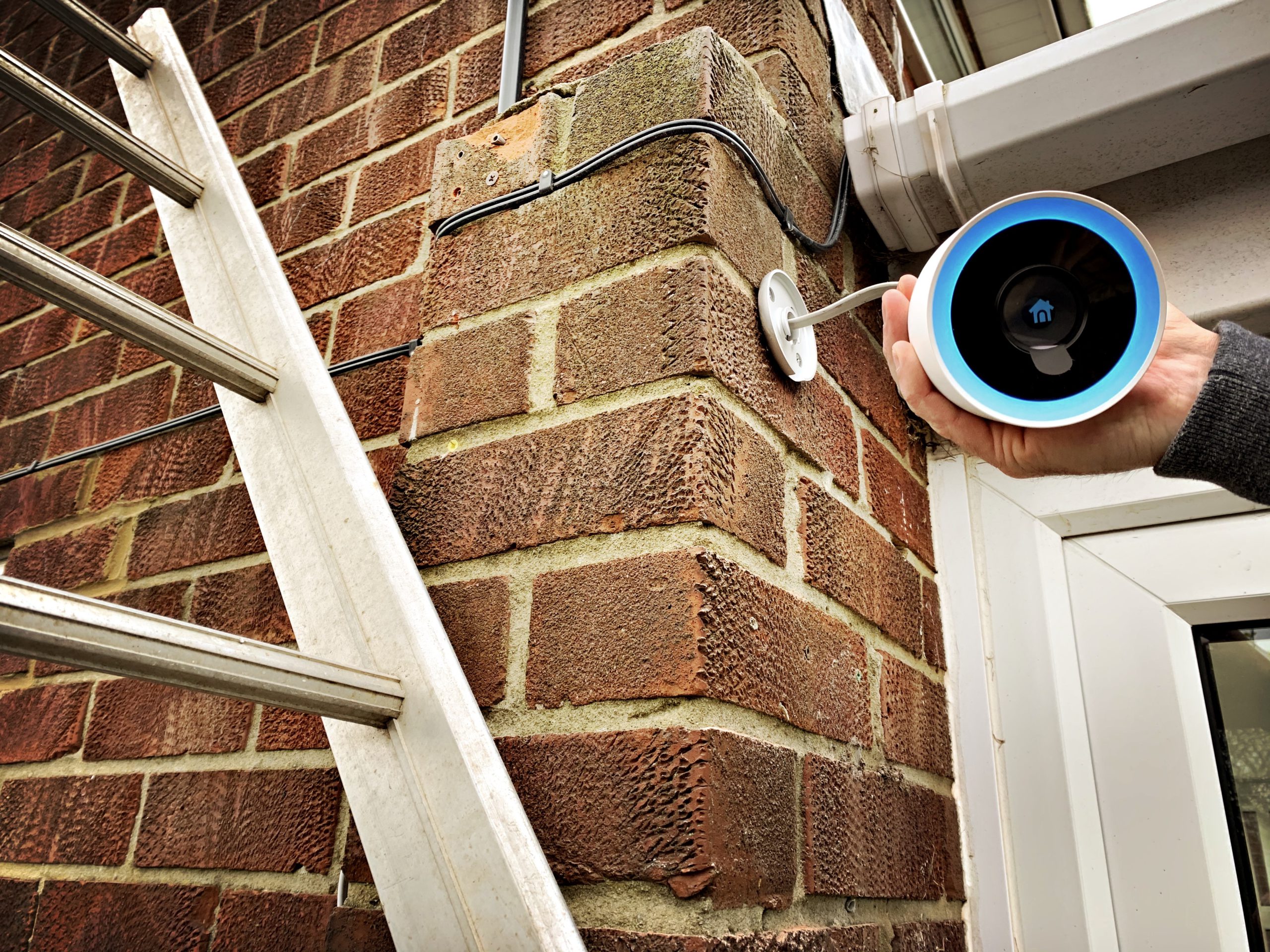




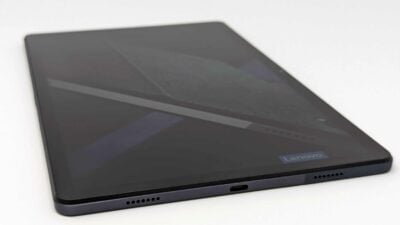
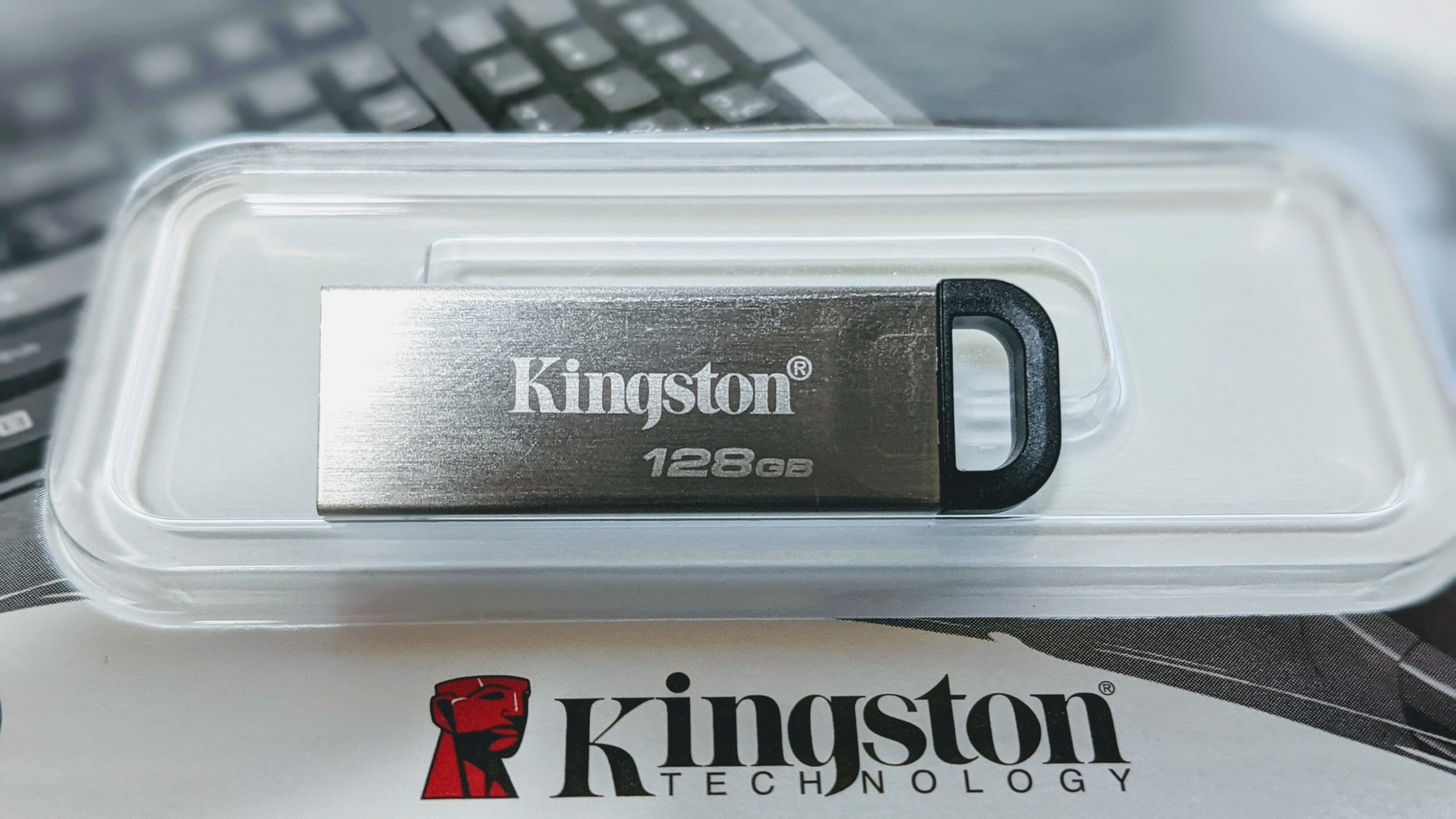

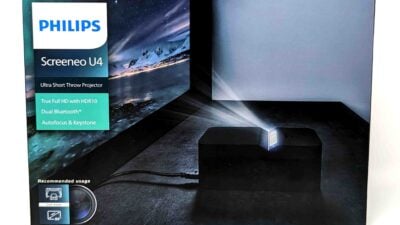

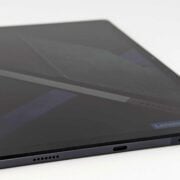

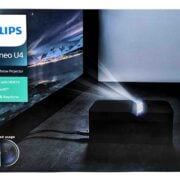
Comments